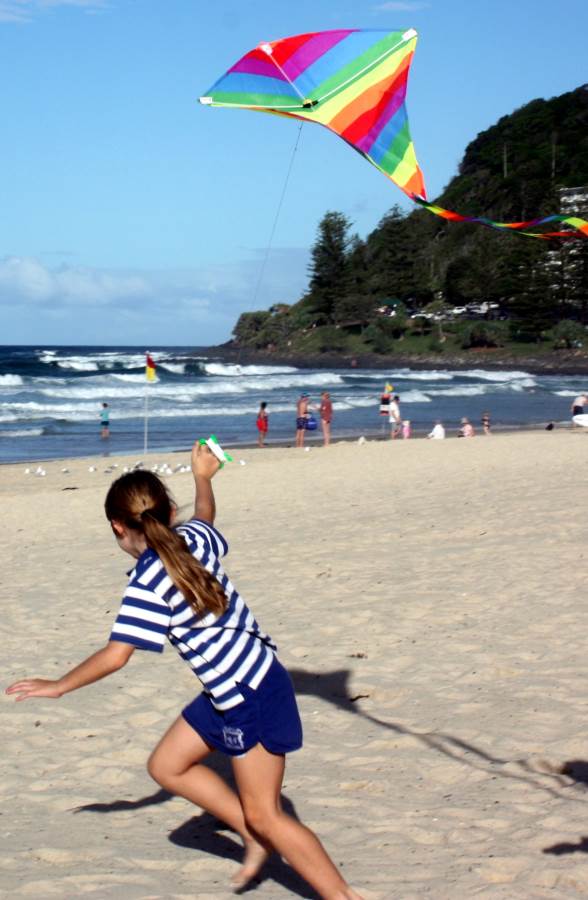
Short answer?
Buy them the one they like looking at the most.
If they love dinosaurs, get ‘em the Dinosaur kite, if they love Unicorns, get the Unicorn kite, if they think the Shark looks great then it’s the kite for them. Check a few things first, (read on to see what to check for…) but, if you’re looking for the best kite to get your kids, this is the best rule to use.
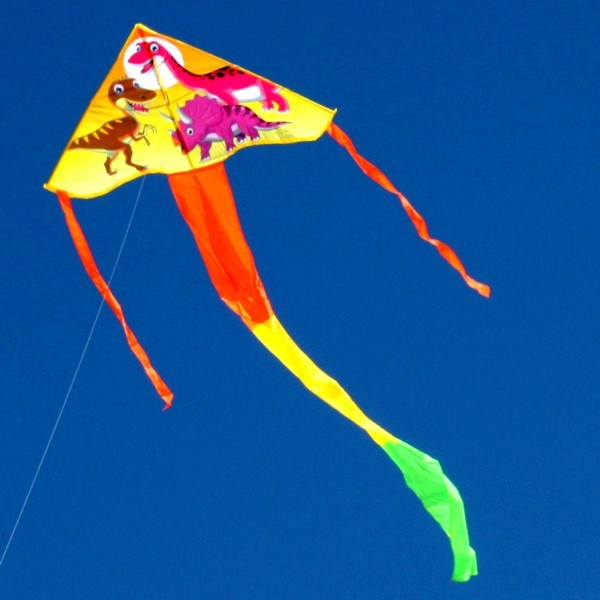
Trust that we, as kite ‘experts’, have done our job properly and are only offering you kites we know will be good flyers for kids. (We’ve got lots of specialised kites like Box kites and large parafoils but we don’t put them on the Kids Kites page because they’re not suitable for kids.)
Slightly longer answer?
Two things make a kite a good flyer for children:-
Wind Range (Lift) and 2. Stability (Drag).
Wind Range is important. The kite your kids like to look at is not much good if it needs cyclonic winds to get off the ground.
Stability is critical. A beautiful kite is not much fun if just spins around in circles and then crashes into the grass.
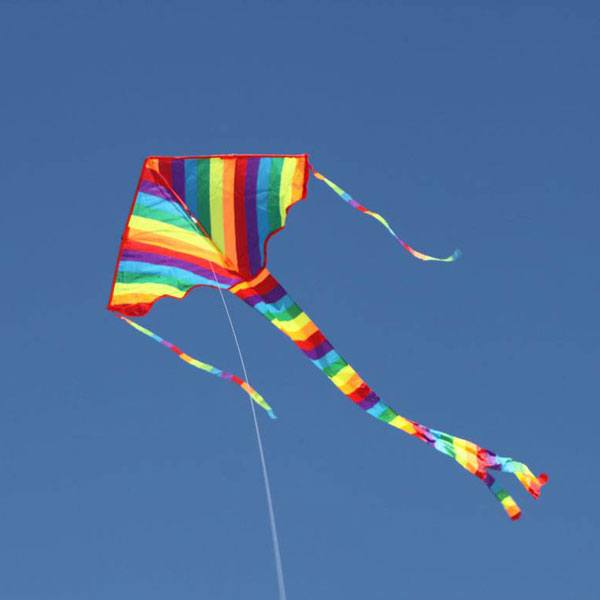
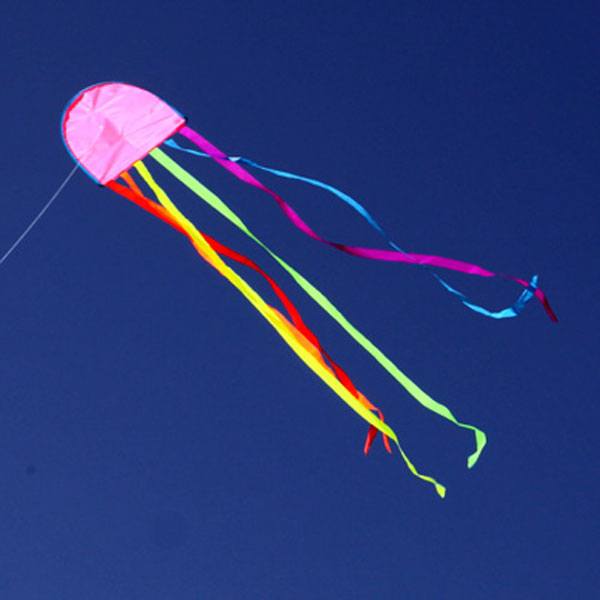
Again, all of the kites on our Kites for Children page will have these 2 things, (otherwise we wouldn’t have them on that page!)
Stop evading the question, what’s the best kite for kids?
Well, that depends (ah, more evading…) on those two things again:- Lift and Drag.
Wind Range:
A small kite will not be able to fly in light winds (not enough sail area). For example, the Rainbow Diamond is a nice little flyer but it needs more wind then, say, a Waves or Unicorn Diamond because they are bigger kite with much more sail area to catch the wind and generate ‘lift’. This means that there are more days that you will be able to go flying with the bigger kite because it has a wider wind range….it will fly on more days. It has a ‘wider wind range.’
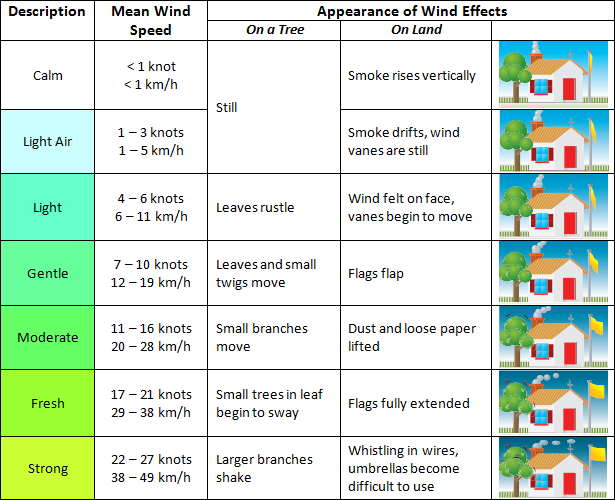
Want to know more about the beaufort wind scale? – here’s what wikipedia has to say.
Are bigger kites better?
So, the bigger the kite, the lighter the winds it’s good for?
Generally yes, but there is also weight…the heavier the kite the more wind it will need. This is just common sense I guess and this is why we put both of these things together in what we call a ‘sail to weight ratio’.
- Big sail + Light kite = good sail:weight ratio = great for light winds.
- Small kite + light kite = average sail:weight ratio = not so great.
- Small kite + heavy kite = crappy sail:weight ratio = pretty crappy flyer.
Ok, got it. So why not make all kites big and light?
A couple of reasons:-
- Bigger kites are more expensive and some people only have a ‘rainbow diamond budget’
- Lighter kites are often more fragile and their light frame can break more easily if they are not well designed.
- Some designs, like Box kites and 3D Stars, are really complex and need lots of strong framing to keep them together so probably not the best kites for kids. Again, they are not on our ‘kites for kids kites page because they don’t tick the two Stability and Wind Range boxes necessary to be a good kids kite. Nevertheless, they are still great specialised designs.
So wind range is important…..anything else?
Stability:
You want a kite to stay in the sky and be fairly steady as it stays there.
A kite that spins around in circles then crashes to the ground is not much fun for you or the kids. When a kite is ‘unstable’, it spins in circles then eventually hits the deck. This is what most people are talking about when they say ‘it just wouldn’t fly’ about the cheapie kite they bought from the chain stores or from some unknown online site ‘overseas’.
What makes a kite stable then?
Well, drag. drag gives stability, and this comes from 2 things;- – Correct Tail and Good Design.
Stability in a kite is no different to stability in a bird or an aeroplane. We’ve all seen the movie scenes where the tail gets blown off the aeroplane and it spins and spins until it crashes. This is because it’s lost it’s ‘drag’.
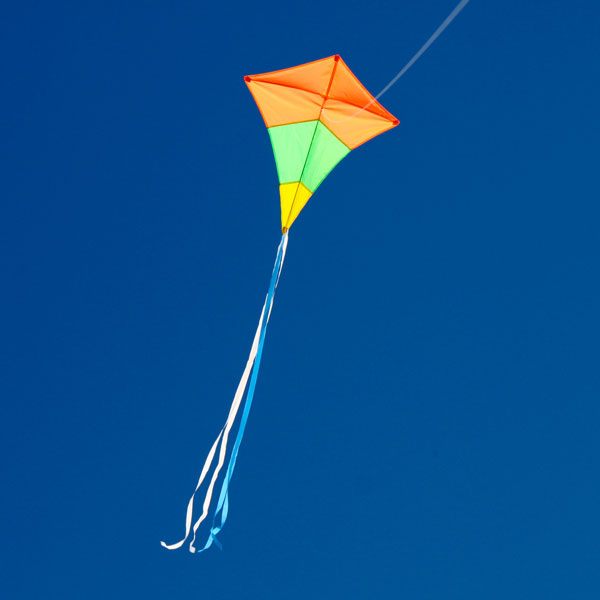
Most kites get their drag from Tails because it’s pretty foolproof and they look pretty nice. The Diamond Tricolour kite is a really stable flyer because it’s got the right amount of drag from having the right amount of tail. It’s important to have the right amount…
- Not enough tail = not enough Drag = spins around and crashes.
- Too much tail = too much weight = needs lots more wind to fly.
Wind Range – Will the kite your children like fly in a wide wind range?
Different kites and different kite types need different winds to fly. Delta kites for example are very efficient and will fly in light winds. Box kites on the other hand need a fairly fresh breeze to stay aloft. This doesn’t make Box kites bad kites, they’re just designed for stronger winds and are really stable in those stronger winds.
Where do you live?
So…. if you live in Mt. Isa or Broken Hill, get a kite that suits the light winds you mostly get
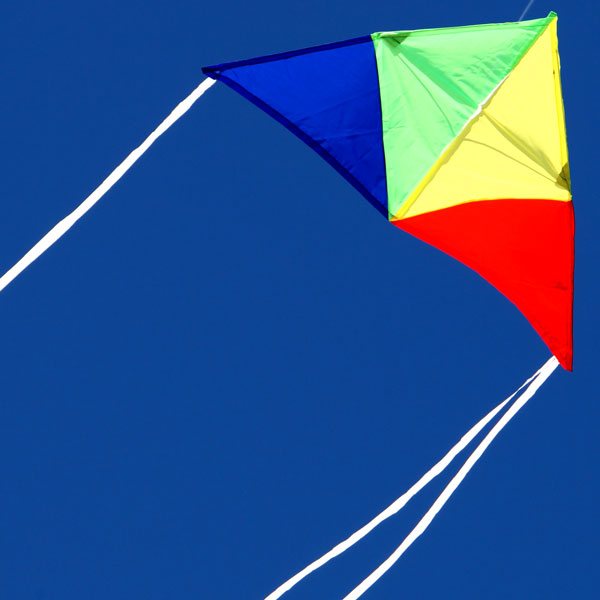
Delta kites like the Junior Delta or the Patchwork are great for these light winds because they have a big sail area to catch the wind. They are also great in Medium winds.
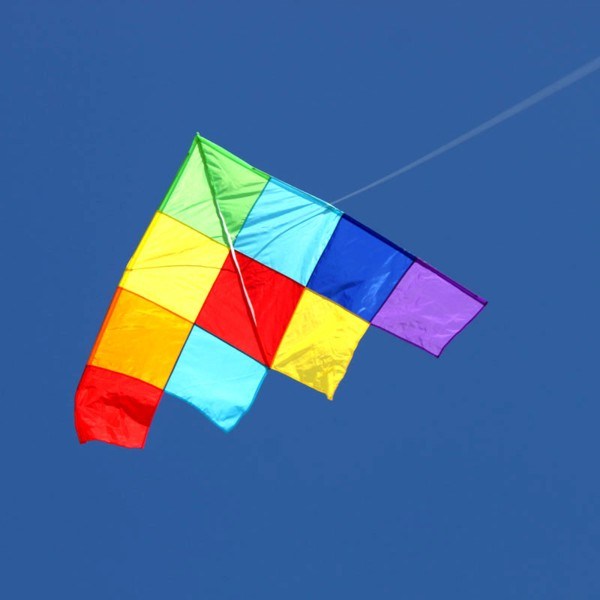
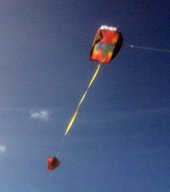
Stay away from Parafoils and Box Kites because they need lots of wind to keep them up. They are excellent in stronger winds, but don’t get them for light or medium winds.
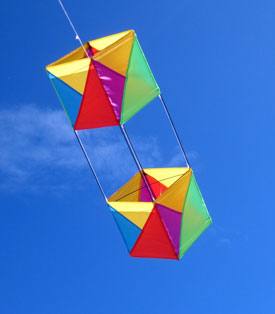
If you live in Fremantle however and you know the famous ‘Fremantle Doctor’ will blow through most afternoons, get a kite that can handle stronger winds.
Diamond kites like the Waves or the Unicorn are really good for medium to fresh winds because they have a ‘bow’ (or bend side to side) and long tails.
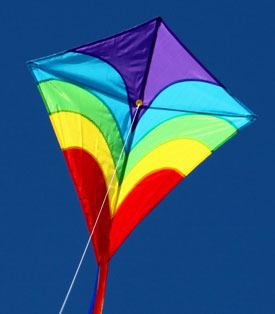
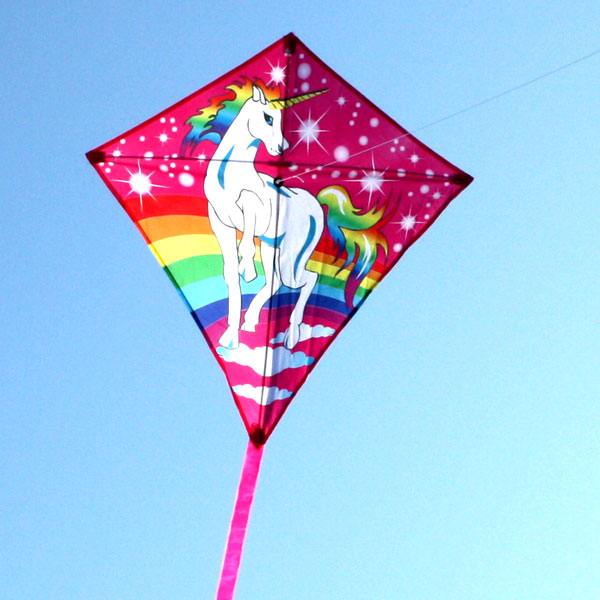
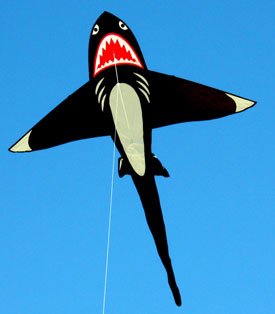
Big deltas like the Cell & Patchwork are great because they are so well designed (and beautifully made!) The Cell has a Box kite built into the middle of it that gives it great stability but also has big wings for great lift. the Patchwork has the same sort of big wings for great lift but nifty ‘flaps’ on it’s trailing edge that act like tails without being tails!
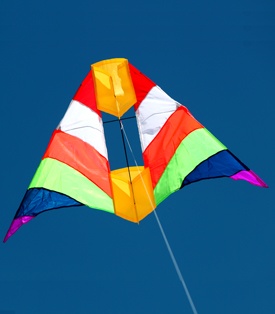
So, they are the goods ones, but what should I avoid?

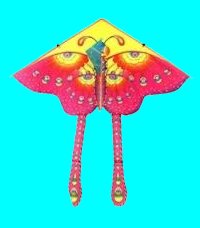
Stay away from small cheapie Deltas and Diamonds with short tails…their tails are way too short to give them stability and they will spin around and crash in Medium winds.
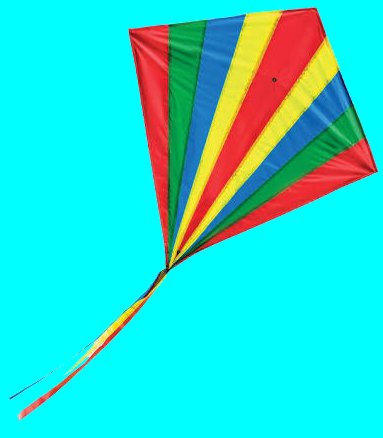
Ok, by now you’ve probably got the message that there is no one best kite. it’s more of ‘kites you should stay away from’ because they lack lift or stability. (The cheap ones are cheap for a reason!)
So…what’s the best kite for kids to fly?
- Get your children the kite they will like looking at but….
- first check that it’s got 2 main things:-
- Wide wind range to suit where you live
- Good tail length or great design to give Stability
then, if you’re happy with the quality of materials and quality of workmanship, (you can get a good idea of these from the warranty the kite shop is offering you) then you should be good to go…
One last question – what’s your favourite best kite for kids?
Easy question, I’ll pick a Jellyfish every time!
- super easy to fly
- looks great in the sky
- Australian made
- wide, wide wind range
- no assembly needed
- kids love to watch it wiggle and dance!
- really stable in the sky
- beautiful colours
- simple design

I hope this has answered your question about which kite to buy for your children?
If you’ve got any followup questions, just let me know and I’ll do my best to make up an answer for you 🙂
Happy flying…
